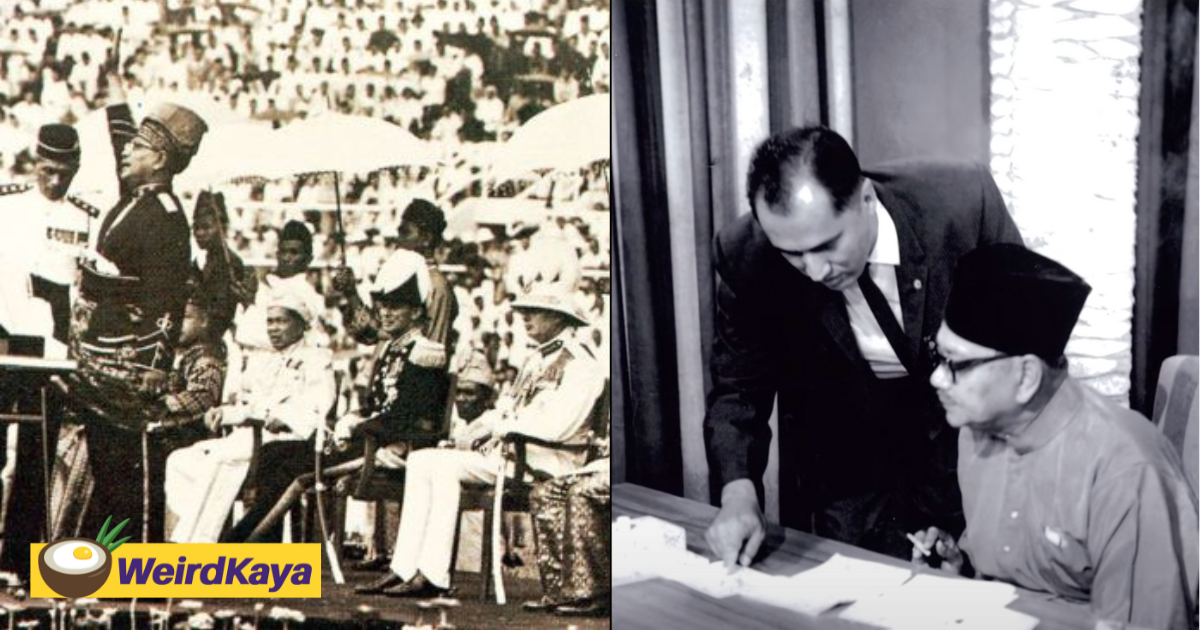Every country has its special symbols that make it unique and proud. Just like how a flag represents a nation, a national anthem does the same, but with music.
In Malaysia, a country with a rich history, the national anthem called ”Negaraku” is more than just a song – it’s a symbol of unity and identity that brings Malaysians together.
1. Themes of Negaraku
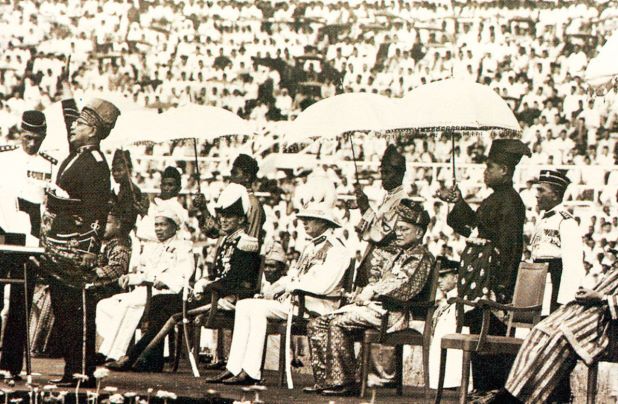
According to Malaysian National Security Council, Negaraku carries a profound message. It encapsulates the following themes:
- Calling on people from various races, religions and socio-cultures, to live unitedly and pursue various advancements;
- Asking for blessings and happiness from God for the well-being of the King, the people and the State of Malaysia;
- Pray to God for the safety of the country;
- Asking us to be grateful, obey the King and be willing to sacrifice to defend the country; and
- Depicts the people’s undivided loyalty to the motherland.
2. Different versions of Negaraku
Delineating the proper use of the anthem, the National Anthem Act 1968, Act 808 outlines various rules and instructions. Among these is the classification of different versions of the anthem.
Initially, there were distinct versions, including the full version (Diraja or Royal version), the simplified version, and the short version. Though the differences between the simplified and short versions are subtle, the full version is now the widely accepted standard.

The utilisation of the anthem is carefully orchestrated for various occasions.
For instance, at official receptions for foreign dignitaries, the full version (Royal version) is played after the national anthem of the visiting dignitary’s country.
Similarly, during events hosted by foreign delegations in Malaysia to celebrate their national occasions, the full version of the national anthem is performed after the respective foreign anthem.
3. Legal consequences of disrespecting the national anthem
Section 8(3) of the National Anthem Act 1968 underscores the importance of standing up as a mark of respect when the full version of Negaraku is played.
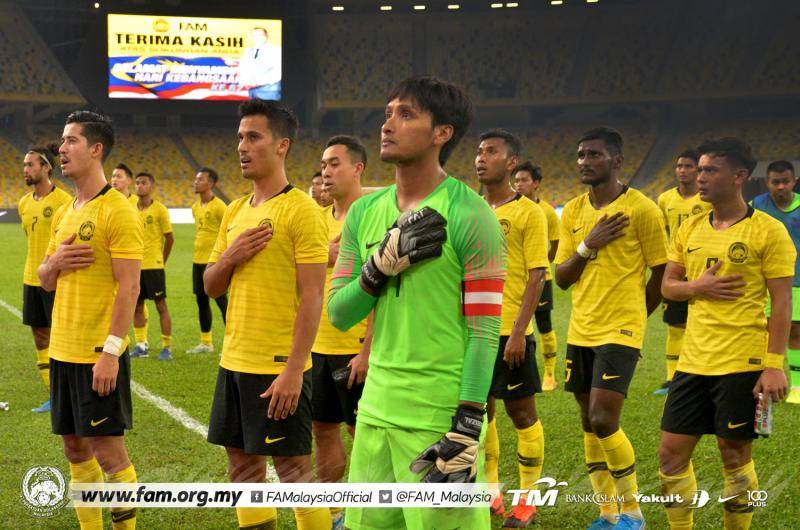
While it is not obligatory during broadcasts such as movies and news, a failure to stand during a public playing of the anthem can result in legal consequences.
Disrespecting the anthem in a public space can lead to a fine of up to RM100 or imprisonment for a month.
4. National Anthem Act first introduced in 1968
In 1968, the Dewan Rakyat passed a bill requiring people to stand up and salute when the national anthem is played, especially in public places.
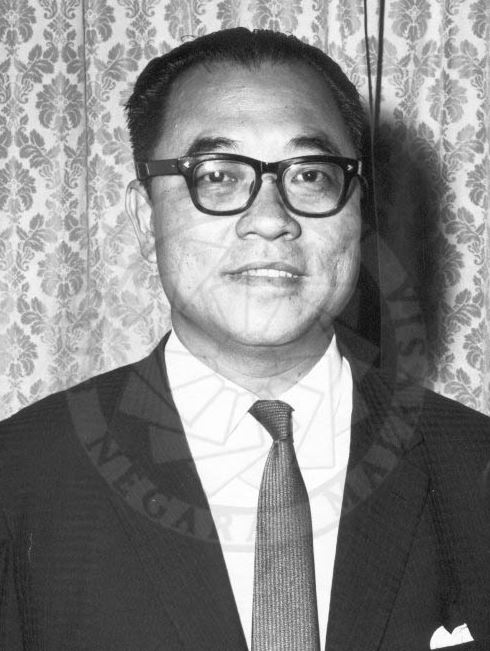
The Bill also prohibits people from laughing at the national anthem and also makes fun of anyone who respects the anthem. It is an offense to disturb and mock people who pay respect to the song which is the national symbol of this country.
When presenting the bill, the Minister of Local Government and Housing in 1968, Mr. Khaw Kai Boh said, this bill was implemented in an effort to foster loyalty to the country among people of various races, lineages, religions and beliefs.
5. The origin of Negaraku
The rhythm of Negaraku traces its origins to the Perak state song.
Tunku Abdul Rahman initiated a nationwide anthem competition in the past, receiving 514 submissions from across the globe.
Surprisingly, none met the criteria, leading the Special Committee for the Selection of National Anthems (JKPLK), led by Tunku Abdul Rahman himself, to reject them all.
To refine their search, JKPLK invited renowned composers like Benjamin Britten, Sir William Walton, Gian Carlo Menotti, and Zuber Said. However, their compositions also fell short of the mark.
Undeterred, the committee shifted focus to existing state anthems. Among these, the anthem of Perak stood out as the most fitting representation of Malaysia’s identity.
6. Negaraku’s lyrics were composed by an Indonesian
The musical score was crafted by a team including Alfonso Soliano, D.S.P Croff, Captain Lenthall, and A.T Reed.
Under the leadership of Tunku Abdul Rahman Putra Al-Haj, a specialised committee was responsible for crafting the lyrics, which received approval from the Sultans of Malaya.
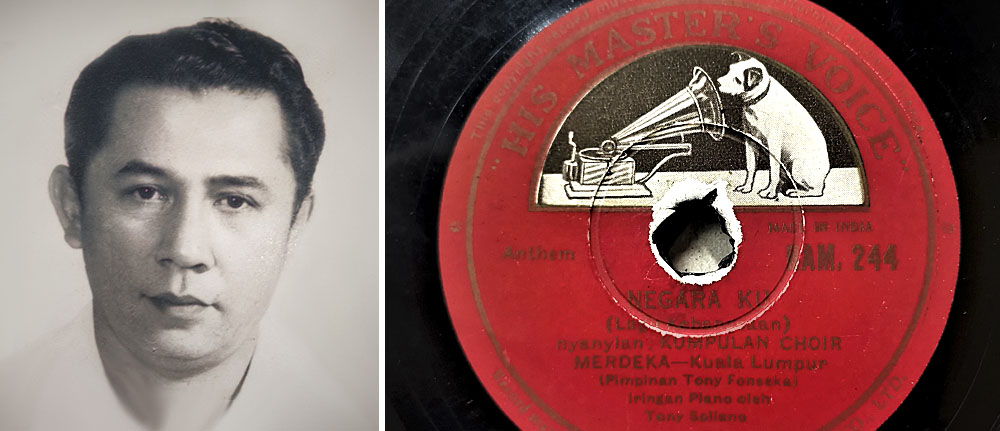
He then invited Saiful Bahri, a musician originally from Indonesia (pictured top left), to undertake the task of composing the lyrics.
Saiful ensured that the words were linguistically appropriate and aligned with customs, culture, religion, the monarchy, and the constitution. He subsequently presented the following:
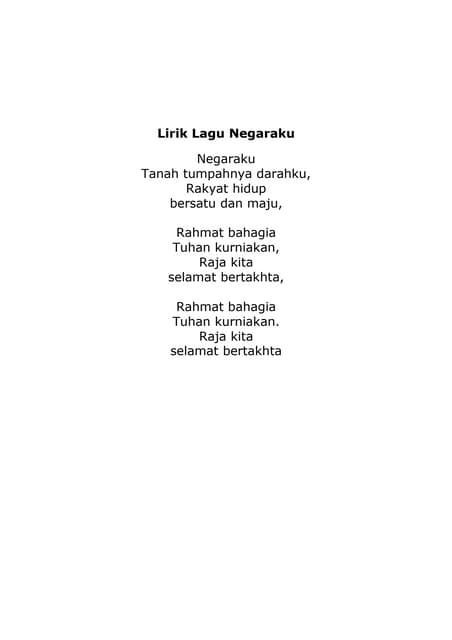
7. Negaraku had its own choir with 40 vocalists in 1957
After the approved lyrics, Ahmad Merican and Dol Ramli of Radio Malaya handled the recording, while Tony Fonseka led the multicultural Merdeka Choir formed three months prior to Merdeka.
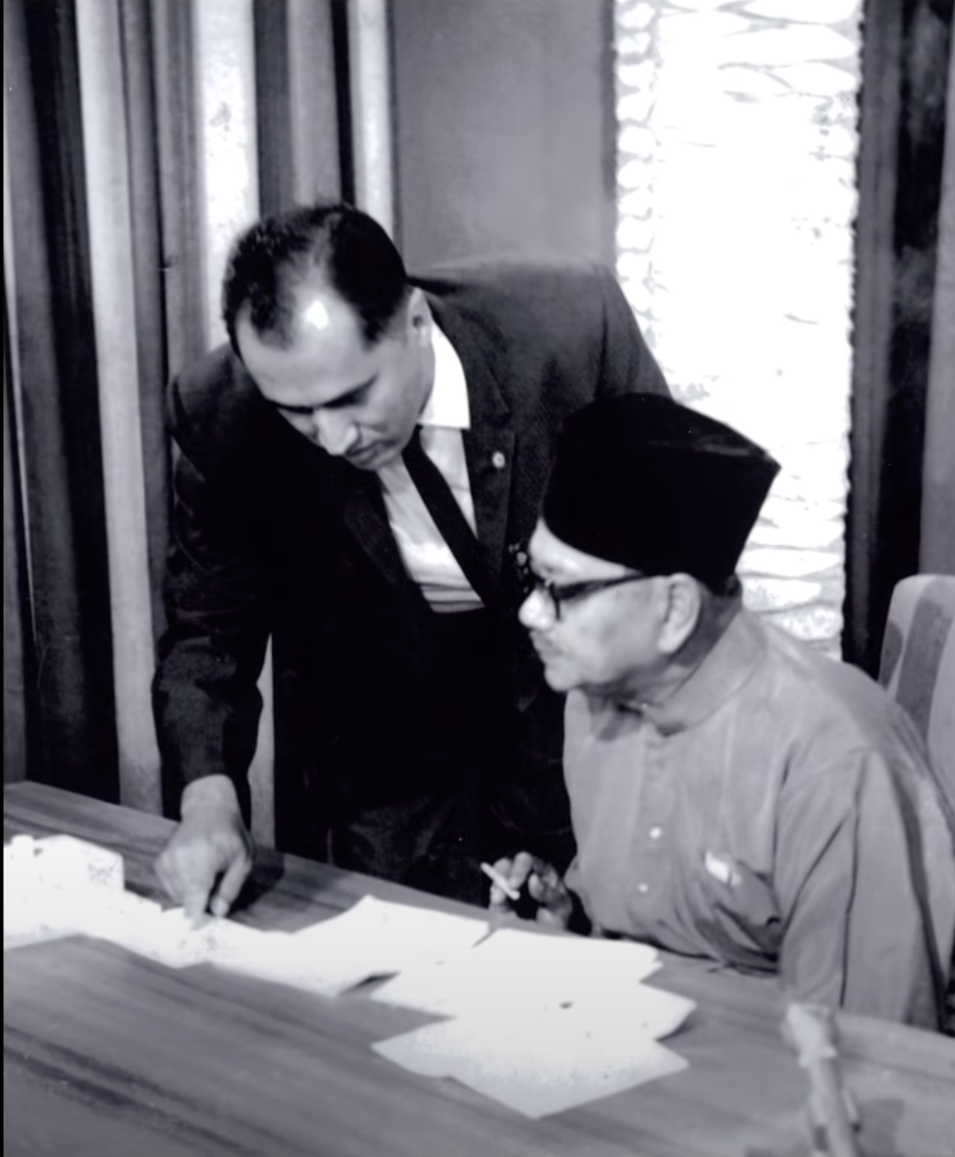
The choir included over 40 skilled vocalists from school and church choirs in Kuala Lumpur. Alfonso Soliano, a talented Filipino composer, played the piano, creating a harmonious blend of voices and piano melodies that echoed on the radio and at official events nationwide.
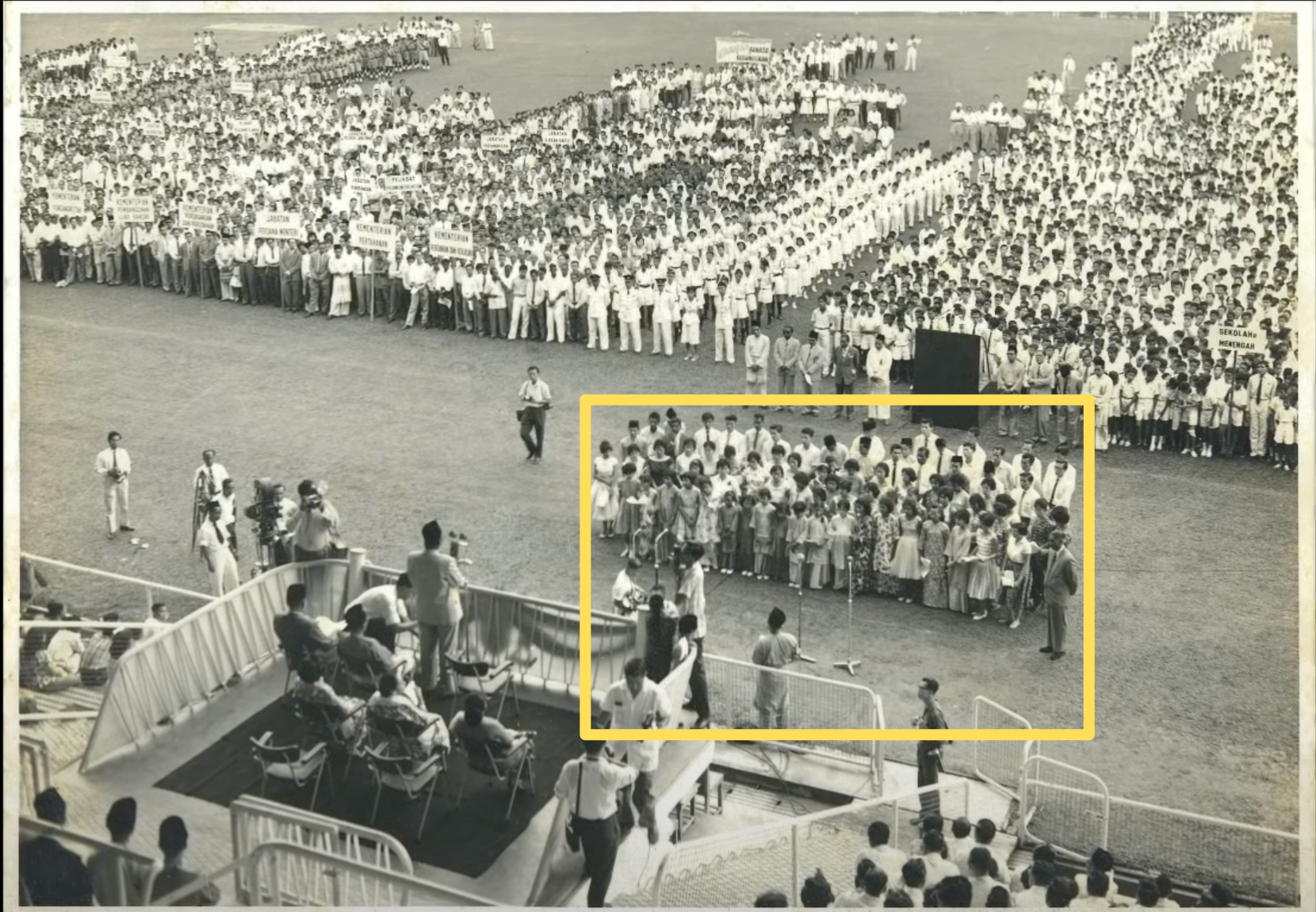
As a result, Lagu Negaraku was played for the first time after 12 midnight on the eve of August 31, 1957 at Padang Kelab Selangor (now known as Dataran Merdeka).
On that historic night as well, the Union Jack flag was taken down and replaced by the flag of the Federation of Malaya and accompanied by the National Anthem.
Since that moment, Negaraku, which emphasises the loyalty and unity of the people, has remained the official national anthem until now.
READ ALSO:



